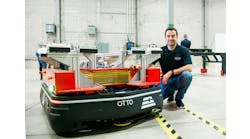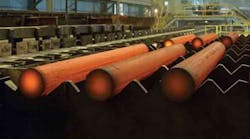At Timken’s annual meeting in May, approximately 47% of the outstanding shares endorsed the spinoff, and 41% opposed it. Of the shares voted, approximately 53% favored the proposal and 47% opposed it.
In June, the company’s directors formed a committee to evaluate a potential separation, and to review Timken’s corporate governance and capital allocation strategy.
Timken’s management has argued against the proposed spin-off, which was first raised by shareholders of the California State Teachers’ Retirement System and Relational Investors LLC, which argued that the company’s stock was undervalued as a result of its organizational strategy. Their argument is that two separate, focused businesses would achieve a greater market value.
“The Timken board of directors takes its fiduciary responsibilities seriously and remains committed to driving shareholder value,” stated chairman Ward J. Timken, Jr.
“We appreciate the thoughtful feedback we’ve received from our shareholders on the spin-off proposal as well as their broader input on corporate governance and capital allocation.”
The management argued that its longtime business strategy has been well established and endorsed by the market.
“The simple fact is that our integrated business model is working. The deep synergies between our Steel and Bearings & Power Transmission businesses provide us with a tremendous competitive advantage in the marketplace. This enables us to deliver value for our customers and for our shareholders,” according to a letter delivered to shareholders last month.
“We are investing more than $500 million in our Ohio steel plants to help us better meet customer needs,” group president Rich Kyle explained in April.
“It underscores our long-standing commitment to advance our capabilities and continue to provide Timken high-performance steel products for some of the world’s most demanding applications.”












